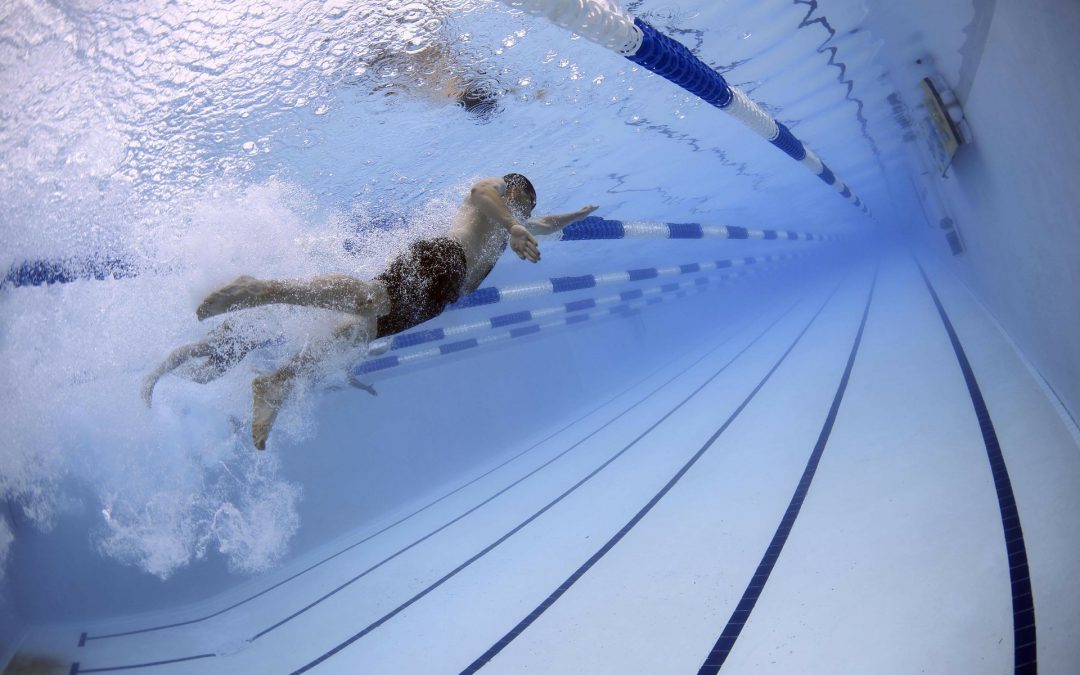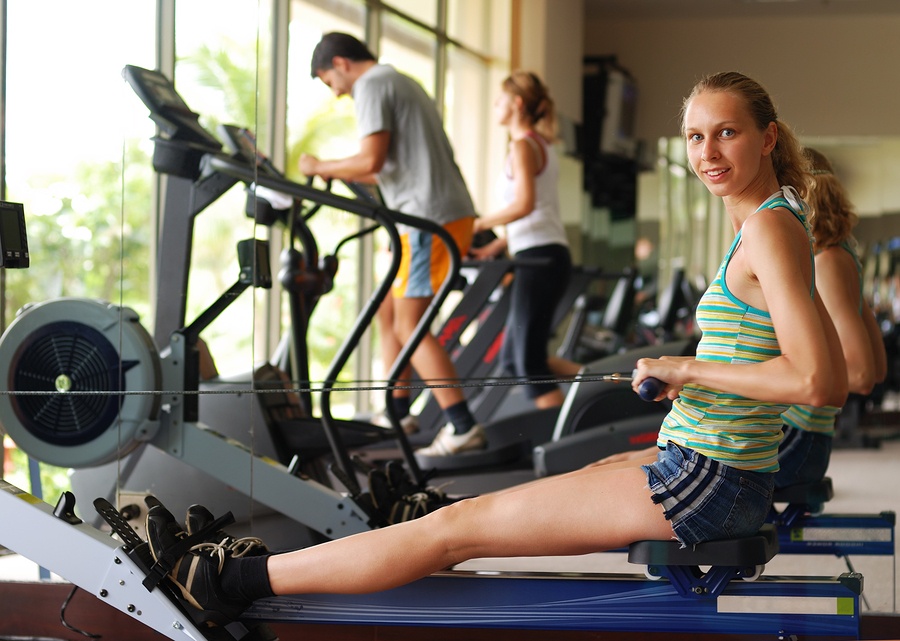Table of Contents
What are the best movements for POTS? Postural orthostatic tachycardia syndrome (POTS) is a form of dysautonomia, or a malfunction of the free worried system. What are the best movements for POTS? The autonomic nerves controls systems like heart price, blood temperature, stress as well as food digestion control, so individuals with dysautonomia might experience irregular modifications in high blood pressure and heart price, intestinal issues, lightheadedness, tiredness, breast pain, trembling as well as coldness. What are the best movements for POTS? POTS especially is defined by an exceedingly high heart price upon standing, plus the various other signs of dysautonomia.
Gentle Movements
Side Leg Lifts
Side Leg Lifts while laying on your side, lift your upper hand laterally and after that bring your leg pull back, without touching your legs with each other. Repeat.
Front Leg Lifts
Front Leg Lifts While laying on your back, life your left boost, directing your toe in the direction of the ceiling. Repeat. Switch to appropriate leg.
Gentle Stretching
Any type of extending aids relocate blood around in the body and also takes tension of your joints if you have actually been laying or sitting in the very same position for a long period of time. Experience the whole body doing light stretches, from feet, to legs, to back, to arms, to neck. Doing this when you wake up can be an excellent means to begin the day, as well as repeating your stretches prior to bed can aid you kick back and also rest far better.
Recumbent Cardio Movements
This is most likely the level that many people will certainly have the ability to begin with, although everybody can take advantage of the mild stretching and toning exercises explained in Level 1. Always begin your exercise with 5-10 minutes of extending and/or yoga to heat up your muscles and also secure your joints from injury.
Speak to Your Therapist or Coach
What are the best movements for POTS? Considering that the factor of these workouts is to get your cardio system to be much more effective, you will desire to set a target heart price for your exercise. You ought to speak to your medical professional concerning this due to the fact that drugs and other medical conditions can influence your target heart price, but the majority of people can endure a workout at 75% to 80% of their maximum heart price.
Heart Rate
You might intend to buy a workout heart price display to use during your exercises to aid you keep your heart price within your target area. Dysautonomia International does not support any type of specific products, yet exercise heart rate monitors with chest straps are normally a lot more precise than pulse oximeters you position on your finger. This is particularly so for dysautonomia patients that have irregularities in peripheral blood circulation (usual in some types of dysautonomia), as this is much more likely to give an unreliable reading making use of a finger based display.
Equipment You Can Use
Rowing
Use a rowing equipment, or if you are feeling well enough, a kayak. You may intend to start slow-moving, perhaps 2-5 minutes a day. At your own speed, including a couple of minutes per week, attempt to work your way approximately 45 mins per day, 5 days a week, with 30 mins of your routine done in your target heart price area. Make certain to heat up at the start as well as cool off at the end.
Recumbent Biking
Attempt recumbent cycling a couple of minutes a day, adding a few mins each week, till you can function out 45 minutes a day, 5 days a week, with 30 mins of that exercise in your target heart price zone. Be certain to heat up at the beginning and cool down at the end of each workout.
Swimming
What are the best movements for POTS? The stress from water assists avoids orthostatic signs. Dysautonomia clients who have been bedridden for many years may be able to stand upright for hour in a swimming pool, due to the fact that the pressure from the water avoids orthostatic signs from taking place, or decreases their impact. Dysautonomia people can capitalize on this to obtain an excellent cardio workout, or to concentrate on extending as well as toughness training in the water.
Have a Buddy with You!
Constantly swim with a buddy or a spotter who can keep and also eye on you, just in situation you develop faintness or various other symptoms that would make it risky to be in a swimming pool. It may be best to begin your swimming exercise program at a swimming pool with a lifeguard, or with a Physiotherapist who specializes in marine therapy. A good old fashioned kick board can be a wonderful tool for dysautonomia individuals. You can kick your method around the swimming pool, which offers you a good cardio exercise, and all that kicking helps strengthen your legs. Toning up your legs and also core is an excellent way to lessen orthostatic signs.
Weight Training
The majority of dysautonomia people can gain from total increase in tone and strength. The more powerful our muscular tissues are, the much more successfully they use oxygen, the better we will certainly have the ability to tolerate orthostatic stress and anxiety. Special focus can be placed on strengthening leg and core muscles. Some clients find it helpful to wear 2 to 4 lb. weights that affix to the ankles with velcro. If you use them usually enough, this can truly assist with leg toughness. There are additionally devices at the health club that help with core as well as leg weight training. Begin with lightweight, as well as utilize them in a reclined or seated placement. Some clients come to be additional symptomatic when lifting their arms over their head, so take additional care if trying to do that.
In Summary
What are the best movements for POTS? Some dysautonomia patients are able to jog, run marathons or stroll a number of miles a week. These patients must do whatever they can to continue these tasks. Dysautonomia people that are well-conditioned need to exercise 45 mins a day, at the very least 3 days weekly. Special focus ought to be put on leg and core stamina, and cardio exercises.






 I love to write medical education books. My books are written for everyone in an easy to read and understandable style.
I love to write medical education books. My books are written for everyone in an easy to read and understandable style.